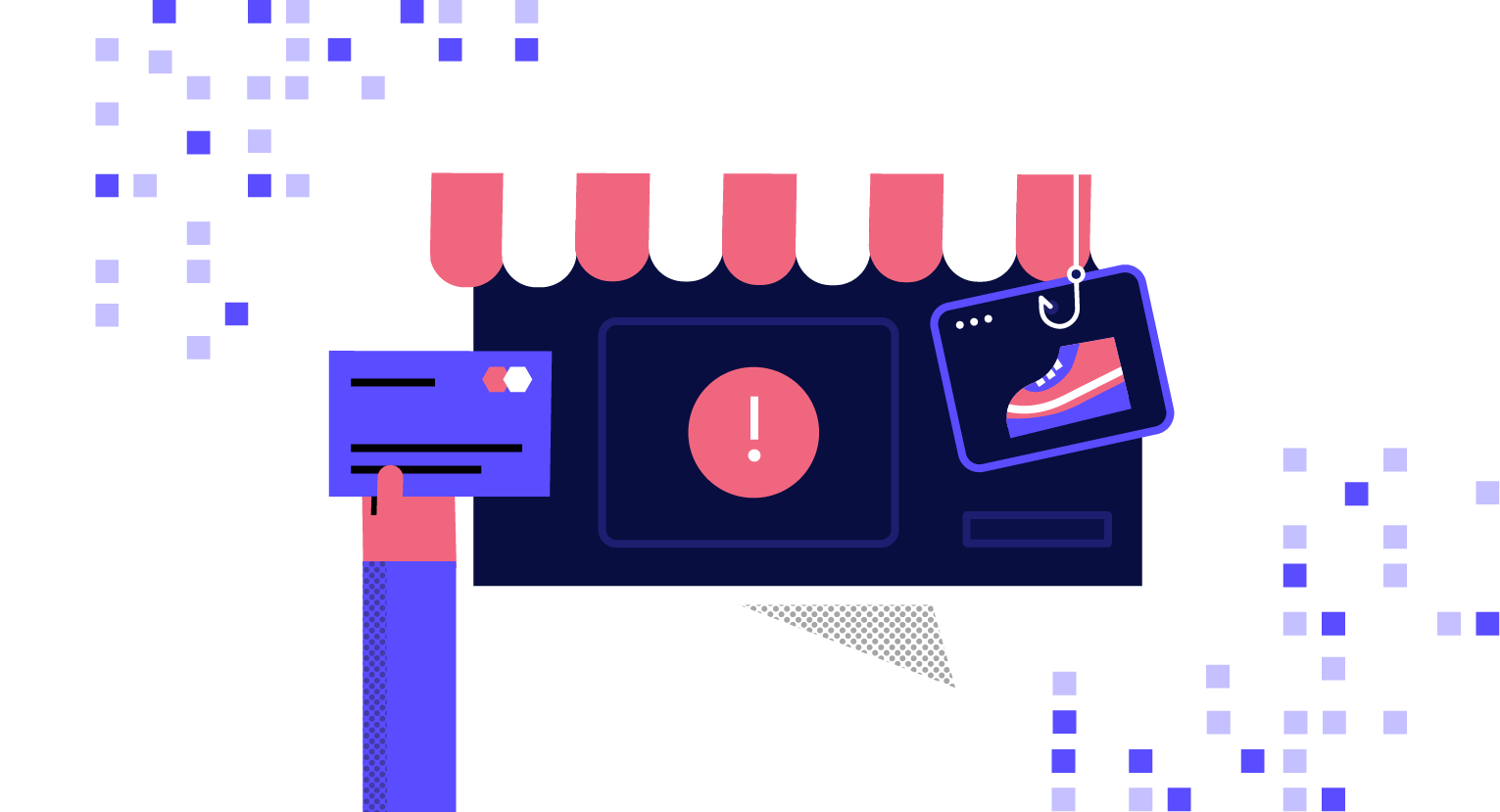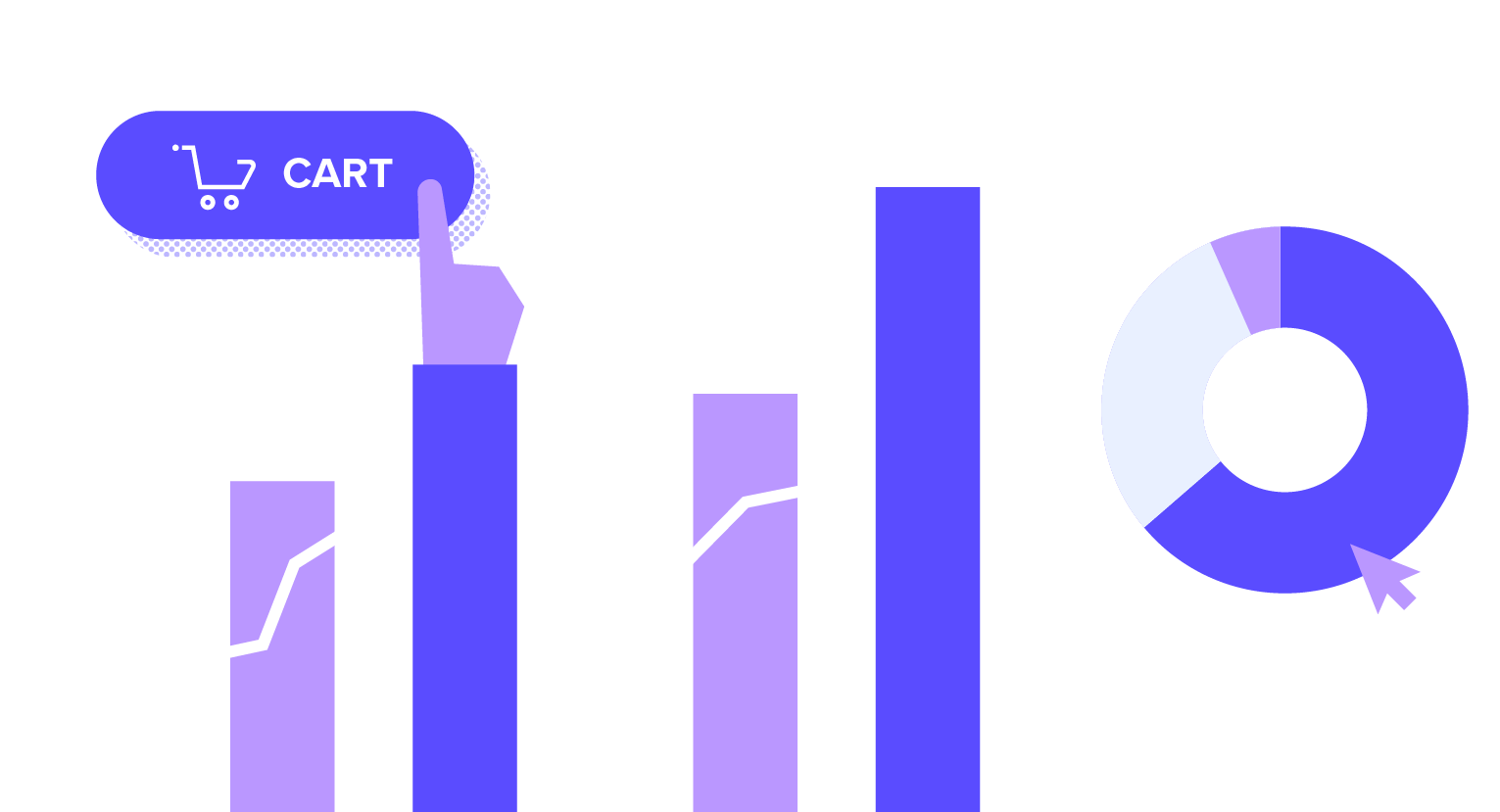Primed for Prime Day: The Dual Fraud Headache of Online Marketplaces

Marketplace fraud is a double-headed problem, from both the buyer and seller sides. In time for Amazon's Prime Day, we put together a whitepaper along with our partners at Payoneer, outlining the challenges and opportunities online marketplaces face in today's eCommerce landscape.
Online marketplaces have dominated the eCommerce space for the last decade, from giants such as Amazon, Wish, and Alibaba to vertical B2C/C2C marketplaces offering specialty curated goods, such as StockX, Vestiaire Collective and others. With Amazon’s Prime Day around the corner, the entire eCommerce ecosystem is gearing up for this year’s much anticipated “Black Friday in June” sales boost. While Prime Day is obviously a boon for Amazon and its third-party sellers, it also generates a broad trickle-down effect on online sales. In 2019, the last Prime Day before the pandemic, large online retailers saw sales volume increases of 64% and 72% on the two sales days, respectively. In 2020, spurred by the COVID eCommerce boom, global online sales on Prime Day increased by a staggering 66%.
Other major eCommerce players are rising to the challenge with their own shopping events, including Walmart’s Deals for Days event and Target’s Deal Days, set to take place concurrently with Amazon’s Prime Day to lure customers away from the giant. This year, Target is competing with Amazon not just on price and product offerings but also on convenience. Thanks to the vast network of in-store and curbside pickup locations established during the pandemic, Target can now offer same-day fulfillment, even faster than Amazon’s 1- and 2-day delivery.
Marketplaces have emerged as the biggest winners of the 2020 eCommerce boom, having accounted for two-thirds of online B2C sales. And it’s not just the big players: 35% of consumers shop at niche marketplaces, particularly in the apparel, footwear, and home product categories. Some of the factors attracting customers to marketplaces include the trust that a big platform with established seller partnerships can instill; diverse offerings and competitive pricing; and the convenience associated with streamlined payments, fulfillment, and returns processes.
But when it comes to fraud prevention, online marketplaces face unique challenges. Their exposure to buyer fraud, an issue that all eTailers face, is exacerbated by the varied product offerings, broad customer base, and complex logistics. And that’s not all. As hosts of third-party sellers, marketplaces are at risk of seller-side fraud as well. Together with our partners at Payoneer, we prepared a whitepaper exploring the challenges and opportunities online marketplaces face in today’s fast-changing eCommerce landscape.
What you’ll find in this paper:
- What forms of fraud do marketplaces encounter:
Discover the types of fraud marketplaces are uniquely susceptible to, with bad actors abusing both the buyer and the seller ends of the transaction. - How to fight back with data:
Understand how data can be leveraged to prevent and mitigate fraud, and what benefits a data exchange program and machine learning-backed decisions can offer. - The value of provider partnerships:
Learn how payment and risk solution providers work together to provide a safe and seamless shopping experience for you, your customers, and your merchants.
Download the whitepaper to learn more about protecting your marketplace from fraud and abuse.




